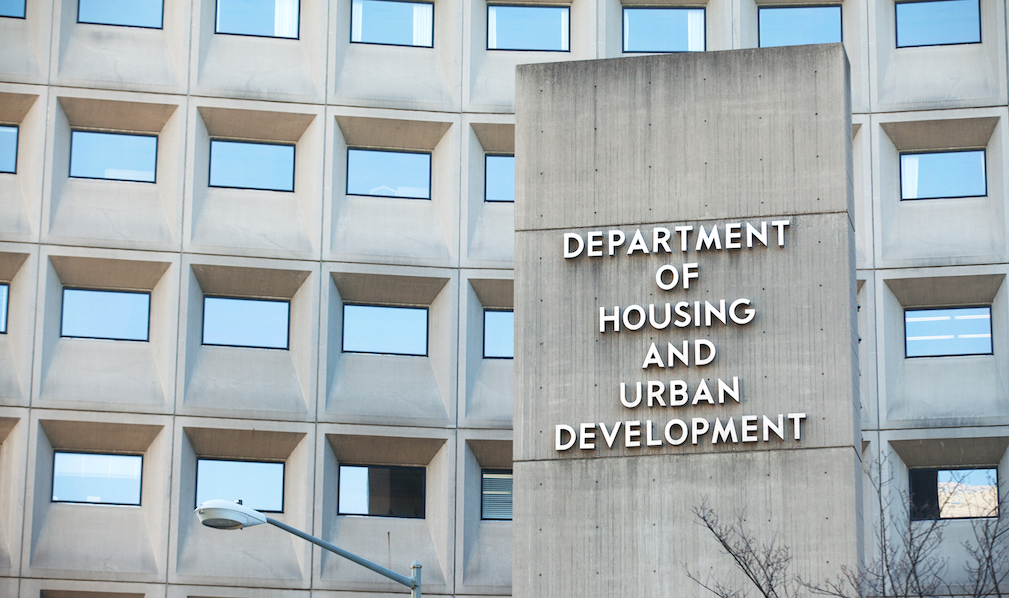The Department of Housing and Urban Development issued a proposed rule Wednesday to improve its Section 3 Program, which requires funding recipients to employ low-income people and business.
Specifically, Section 3 of the Housing and Urban Development Act of 1968 requires “employment, training, contracting, and other economic opportunities generated by certain HUD financial assistance to be directed to the greatest extent feasible to low- and very low-income persons, especially recipients of government assistance for housing, and to businesses that provide economic opportunities to low- and very low-income persons.”
But according to the department, the guidelines currently in place – which have not been updated since 1994 – are ineffective in achieving this goal.
HUD has proposed revisions to Section 3 that will encourage public housing authorities and grant recipients to create career ladders for low-income people.
The department said the end goal is to increase the long-term earnings of households that receive HUD assistance.
“HUD funding is more than an investment in affordable housing or community development, it’s an investment in people,” said HUD Secretary Ben Carson. “The rule we are proposing today will allow more HUD-assisted households to secure long-term employment, and put them on a path towards self-sufficiency.”
The proposed changes aim to elevate Section 3’s effectiveness by (in HUD’s words):
- Focusing on key outcome metrics, such as the sustained employment of targeted populations
- Crediting retention of low-income employees and successful sustained employment in the reporting metrics
- Aligning Section 3 reporting with standard business practices and payroll tracking
- Allowing for tailored outcome benchmarks for different geographies and/or different activities
- Reducing reporting requirements for grantees who are meeting outcome benchmarks
- Integrating Section 3 into the program offices that are in regular contact with the grantees
HUD said its final proposal was shaped by the decisions of a taskforce and by “listening sessions” with PHAs, grantees, multifamily property owners and other entities who are impacted by Section 3.





